8. Hausu (Nobuhiko Ôbayashi, 1977)
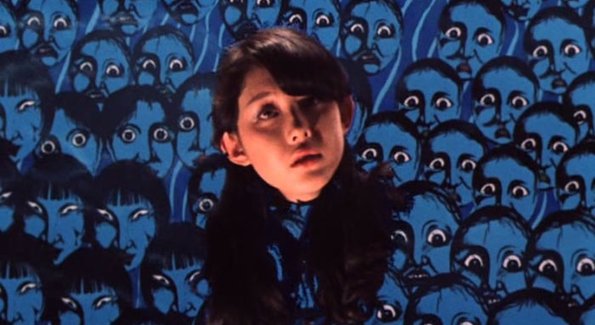
Here comes a Japanese film monumental and famous for its bizarreness, imagination and whimsy. Seven teenage girls, named after their dominant features (Mac is the one who indulges in gluttony, Melody the one with musical education etc.), decide to spend their summer vacation in the mansion owned by one of the girls’ aunt, only to realise that it is haunted.
The film is partly a musical, partly a horror film and partly a comedy. Heads roll, body parts get dismembered, people are getting slaughtered but there is always some space for a song and some dancing. The horror scenes can get really creepy, especially because they are presented in a humorous way that makes them look highly macabre.
The backgrounds of plenty of scenes are actually painings, making the film look like a morbid fairytale. Dreamlike sequences quickly turn into nightmares and the viewer is taken aback by the omni-present violence.
Hausu is a perfect specimen of the dark Japanese surrealistic tradition, that is echoed nowadays in the films of Miike, Sono, Nakashima and others. What is also special about the film is that its extravagant appearance doesn’t keep it from being deep and tragic. There is some family tragedy and the relationships between the girls feature instances of inequality and discrimination.
9. Welcome to Dongmakgol (Kwang-Hyun Park, 2005)
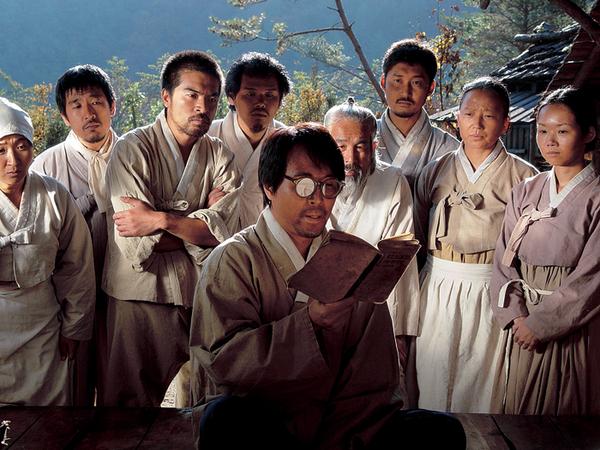
One of my personal favourites of contemporary Korean cinema, Welcome to Dongmakgol is probably one of the warmest and most heart-felt anti-war films that east-Asian cinema can brag about. In the 1950s, during the Korean War, six men coming from different sides of the war find themselves in an almost forgotten remote village, Dongmakgol.
One of them, an American, three north Korean soldiers and two south Korean deserters will collide with each other in an authentically humoristic way inside the peaceful and surrealistic village. None of the inhabitants of Dongmakgol really understand what the soldiers are fighting for and the peasants’ calmness and serenity lead the officers into renegotiating the point of war itself.
The film combines drama, comedy, war and slapstick elements and is charged with compassion and humanity that are given through its beautiful colours and landscapes. The highlight of the movie is the idiosyncrasy of the villagers; they remind a little bit of Gaul’s villagers in Asterix, wanting only to leave in peace, with random behaviours, actions and reactions.
In one of the film’s most lyrical scenes, a bomb is thrown into a storage room with corn, turning it into pop corn that beautifully flies into the sky while the soldiers are left stunned looking at it. Innocent scenes like this one, tragically contrast with the cruelty of war that enters the microcosm of Dongmakgol and give the message that honour and glory are after all overestimated and obsolete.
10. Memories of Matsuko (Tetsuya Nakashima, 2006)
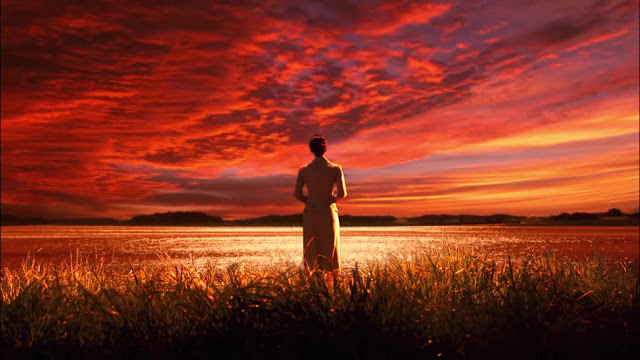
Nakashima’s fifth feature film is possibly his most original and touching cinematic accomplishment. Often described as the Japanese version of Amelie, Memories of Matsuko narrates the story of a lonely but passionate woman. Matsuko’s volatile life is unveiled after her death by her nephew, who comes to her house to clean up all that she left behind.
Turns out that the heroine had gone through tremendous emotional harassment, being abused by plenty of people whom she chose to love. Her kind spirit was never crushed though, and the woman kept on facing her reality with an absurd but dreamy attitude. The film is partly a musical and comedy and partly a heart-rending drama, a bitter-sweet fairytale painted in gorgeous saturated colours.
The greatest value of the movie is its ability to smoothly jump from one emotion to another, mainly because of the multifaceted personality of its heroine.
There are grotesque instances that will make the viewer wonder about their purpose, agonising sequences that eloquently speak of the nature of human cruelty and happy-go-lucky scenes that resemble joyful children’s songs or flamboyant video-clips. Matsuko’s yarn is woven and ravelled in a masterful way by Nakashima who managed to construct a character with depth and wit and place her into a uniquely radiant and vivid cinematic environment.
11. Sonatine (Takeshi Kitano, 1993)
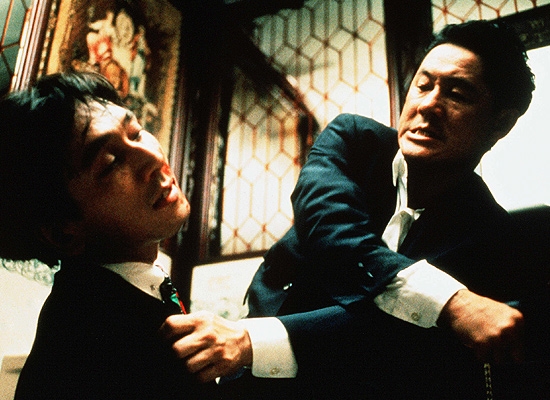
It is widely known that Takeshi Kitano is a director who loves to create divergent films that echo different traditions and genres. Dolls was filled with lyrical sequences of Bunraku theatre, Zatoichi was his homage to the monumental series of homonymous films featuring Shintaro Katsu from the 60s and 70s and Brother heavily references historical American gangster films like Scarface.
Sonatine is probably his most acclaimed gangster film. Funny, surrealistic, brutal and captivating, one of its most interesting characteristics is the fact that it skilfully mixes its Western influences and Japanese disposition.
A yakuza enforcer is sent from Tokyo to Okinawa in order to solve a dispute between an allied clan and its local rival. After an unexpected turn of events he ends up, along with some of his mates and some strangers, in a beach house in order to lay low until the situation gets stabilised. In one sequence this strange group of people decide to have a sumo wrestling competition.
Kitano spontaneously unveils his talent as a film maker during the event, directing it with a slow captivating pace. Sonatine is a minimalistic film, whose calmness is abruptly crashed when violent scenes enter the game. It has humour, emotion and challenges the viewer’s imagination with its ingenuity.
12. Aa Bakudan (Kihachi Okamoto, 1964)
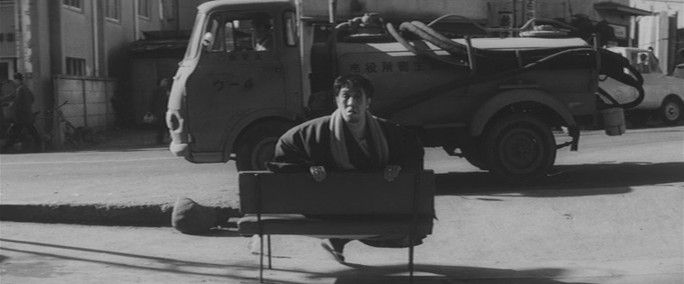
Kihachi Okamoto is one of these directors who never seize to surprise the viewer with their ability to create films that are dissimilar to each other but yet unified by his unique and quirky sense of humour. In Fort Graveyard there are hilarious conversations taking place between Toshiro Mifune and Tatsuya Nakadai, contrasting the terror and dread of World War II.
In Kill! the opening sequence is marked by a pair of famished samurai crawling in the dirt trying to catch an elusive chicken, smashing the traditional view of the stoic and proud Japanese warrior class. Aa Bakukan though, arguably one of his most underrated and under-exhibited films, takes humour to a completely different level.
Try to imagine a film that positions itself in the gangster sub-genre, with generous amounts of comedy and musical elements, supplied with the rich tradition of the Japanese No-theatre and you have a vague picture of Okamoto’s highly inventive and experimental film.
A yakuza boss gets out of the prison only to find out that his world has drastically and irrevocably changed. With the help of his clumsy ex-cellmate he tries to reclaim what used to be his property and take revenge on the syndicate’s new boss.
The man’s despair and rage is given through sequences of whimsical No-theatre acts where, staring straight towards the camera and moving his body in a puppet-like manner, he eloquently narrates his plans, thoughts and emotions. His scheme is based on using a bomb buried inside an ink pen in order to kill his new superior. The pen comically goes from the hands of one person to another and no one knows when and where is it is finally going to explode.
The genre-bending innovation of the film is not its only positively surprising attribute. Aa Bakudan features a carefully planned film direction, filled with smartly used lighting and strategic editing. These two qualities perfectly align with the music of the film, following a bewildering rhythmical tempo.
13. Death by Hanging (Nagisha Ôshima, 1968)
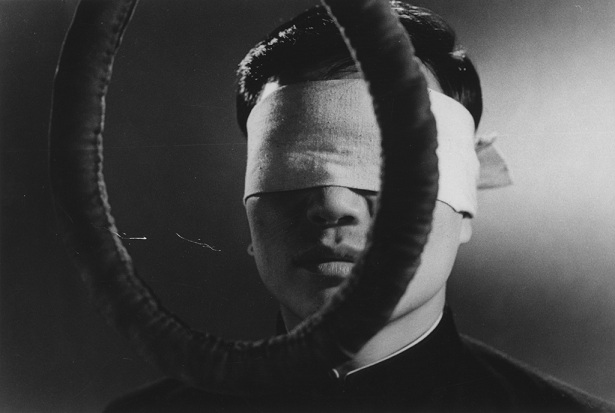
Another powerful anti-war film, radical, insightful and progressive from its start to its end. In Japan, an ethnic Korean man is prepared to be executed by hanging but for unspecified reasons he remains alive after his death sentence is performed.
The man then suffers an absolute memory loss, a fact that ties the hands of the Japanese officers who, according to the law, cannot kill a person that doesn’t acknowledge the fact that he has committed a crime. What follows is a series of amusingly farcical sequences, where the officers try to recreate his crimes to make him remember. Their plan doesn’t seem to work, though. They end up obsessively trying to make their oblivious prisoner guilty.
Nagisha Ôshima has been openly criticising the misdoings of his country in plenty of his films. Social injustice, discrimination, political hypocrisy; everything is set as a target of his commentary. In Death by Hanging the segregation and abuse of the Korean community in Japan is unveiled in a vitriolic and illustrative way. The symbolisms and metaphors are numerous and highly articulate.
The Korean man doesn’t even have a real name (he is referred just as R) and the officers’ fervour to condemn him seem to be an effort to justify for themselves that the Japanese prosecution of the Koreans was substantiate and legit. As for the genre-bending, the film mixes drama, crime and comedy genres with theatrical direction and black humour. This combination elevates its polemical political commentary capacity and gives it space for aesthetic and artistic experimentation.
14. Nowhere to Hide (Myung-se Lee, 1999)
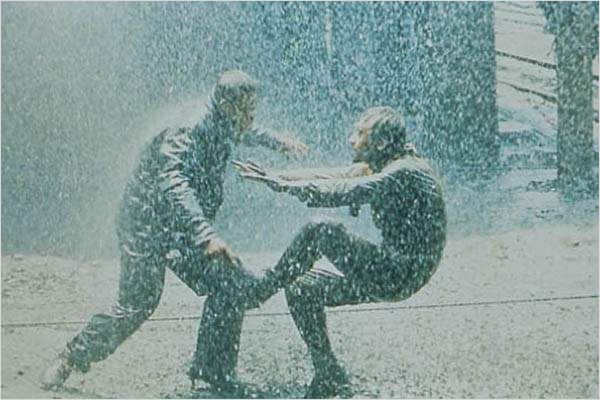
Plenty of film critics regard Nowhere to Hide as the first truly genre-bending South-Korean film. It should be highlighted though that the hybrid film production of the country probably started much earlier, during the 60s, when the long melodrama tradition of Korea’s Japanese colonisers started to blend with the Western cinematic styles and influences that were imported during Park Chung-hee’s long America-worshipping dictatorship.
Nowhere to Hide though undoubtedly exhibits a unique mix of different film genres and techniques. A comedy, an action film and a crime movie at the same time, it displays a noteworthy appetite for visual and narrative experimentation.
The film is about a group of cops, led by a determined detective, who strive to catch a mastermind killer that is involved in a drug-related murder. Nowhere to Hide features beautifully coloured sequences and smartly choreographed humorous action scenes. There are shots in black and white, and inventive cinematography and hilarious dialogues.
One of the film’s most interesting scenes presents a brawl that takes place on a rooftop. The movements of the heroes resemble dancing and this impression is furthermore strengthened when a waltz song starts playing in the background. Instances like this one exhibit Lee’s highly stylized direction and justify why his movie has until today a special place in South Korea’s cinematic history.
15. My Left Eye Sees Ghosts ( Johnnie To, Ka-Fai Wai, 2002)
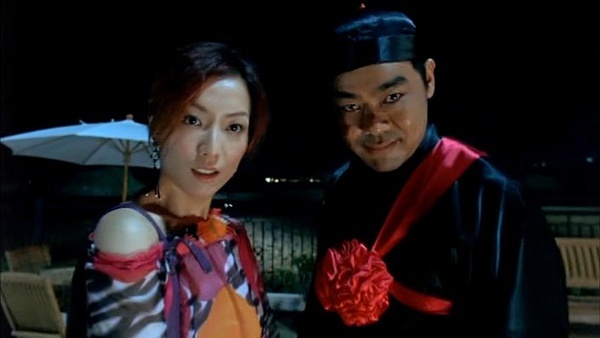
A proud representative of Hong-Kong’s passion to mix horror with comedy, My Left Eye Sees Ghosts is a movie that could look and sound naive while it’s not. A woman loses her rich husband and inherits his fortune. Completely devastated, she falls into a vicious circle of alcohol abuse until one day she suffers an almost fatal car accident. Shortly afterwards, she realises that an injury that she got in her left eye has lent her the ability to see ghosts. A series of surrealistic and hilarious events will follow including dead people, the spirit of a dog and lots of absurdity.
The humour of the film mostly springs from its writing; every event, no matter how sad or tragic, is sugar-coated with funny elements. The husband of the heroine dies in a scuba diving accident. Her mourning is consisted of comical scenes where she devours huge amounts of food in a completely hilarious manner. When she starts seeing ghosts, the spirit of one of her old classmates, who died during a tsunami, appears.
All of these elements actively contribute to the construction of a film that is originally pleasant to watch. Add to the equation some vivid colours and fresh performances and the reason why My Left Eye Sees Ghosts is a worth-to-watch genre-bending film easily arise.
Author Bio: Angeliki is currently a student in the Master’s Programme in Cinema Studies in Stockholm’s University. She spent hundreds of hours watching Asian films but at the same time she keeps herself up to date with new releases of European and American Indie movies.